The Italian Renaissance in the 15th century saw a flowering of new techniques in art. This week’s Top Five is a look at a few of the paintings that redrew the cultural map of Europe…
1. La gioconda
Leonardo da Vinci
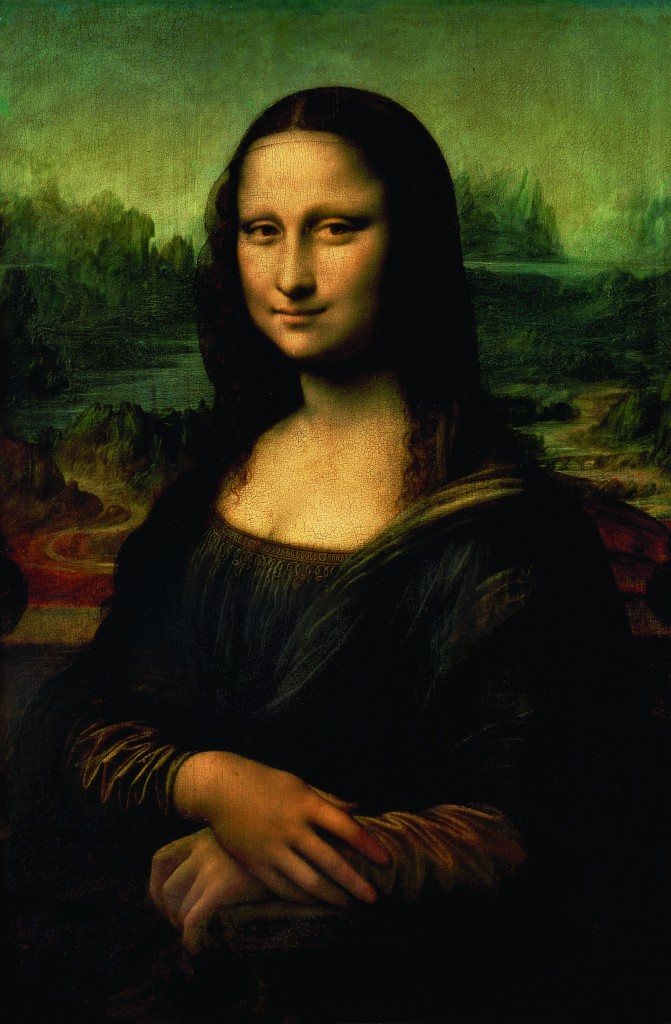
Leonardo’s masterpiece is probably the most famous painting in the world, although it is better-known as the Mona Lisa – a name given to it by Leonardo’s biographer, 31 years after his death. ‘Mona’ is a contraction of ‘Madonna’ (meaning ‘my lady’) and ‘Lisa’ was the name of the sitter, believed to be Lisa Gherardini, the wife of a wealthy Florentine business man.
The painting has been the subject of major intrigue for the last 500 years; a result of Leonardo’s portrayal of her enigmatic gaze, combined with his use of what he called the ‘sfumato’ technique. ‘Sfumato’ refers to the blending of the colours in the image, which in this case is done so subtly that no contours are visible. The painting – housed in the Louvre in Paris – has recently been moved to the Salle des Etats, where it hangs behind unbreakable glass.
Following the success of Dan Brown’s The Da Vinci Code, in which the Mona Lisa plays a part, the notorious queues to get a glimpse of the painting can only get bigger.
2. The birth of venus
Sandro Botticelli
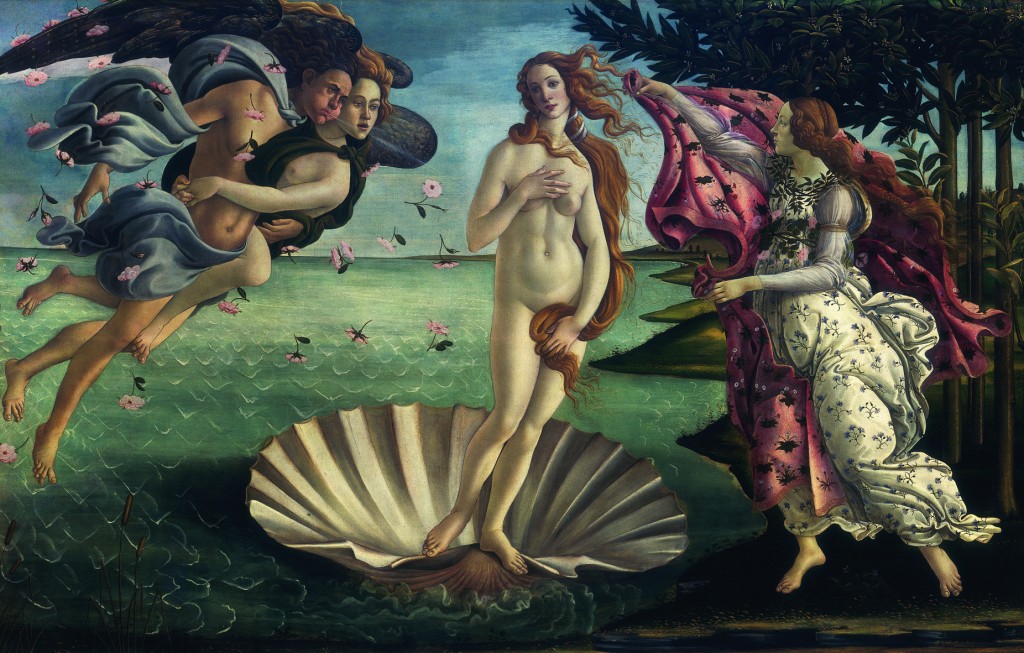
The Uffizi is the proud home to Botticelli’s most celebrated work, depicting the rising of the naked goddess Venus from a seashell. It escaped the blazing ‘Bonfires of the Vanities’ called for by the priest Savonarola, who condemned many of Botticelli’s other works to the flames for being ‘pagan’.
3. The Deposition
Michelangelo Merisi da Caravaggio
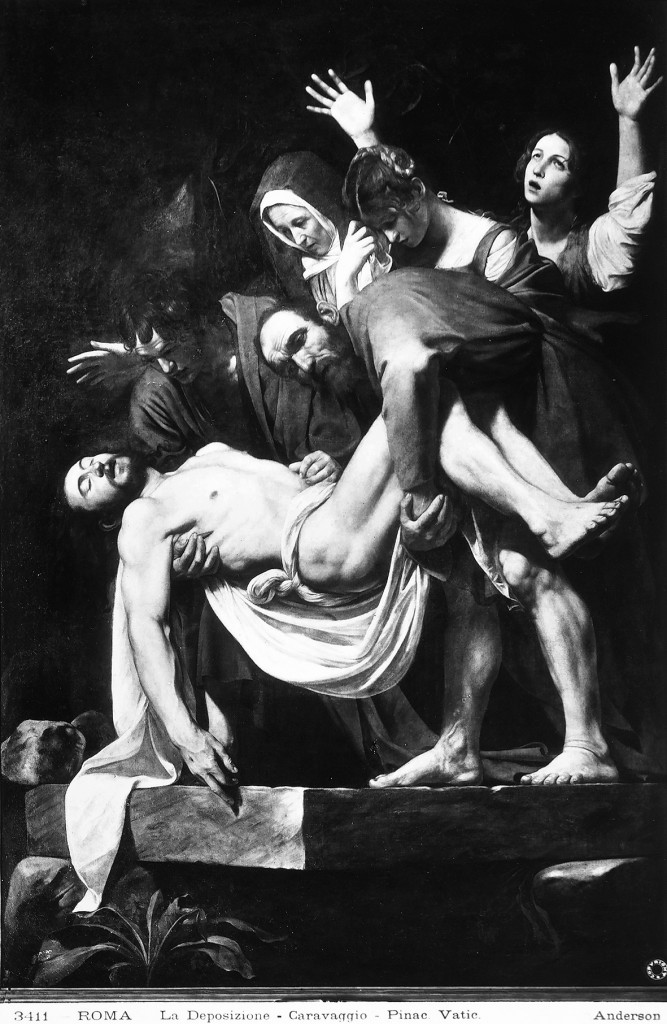
In Caravaggio’s lifetime he enjoyed little more than a decade of success. His work was then largely overlooked until 1920, when the art critic Roberto Longhi recognised his innovative and influential Baroque style. Today you can find Caravaggio’s stunning Deposizione in the Vatican.
4. Venus of Urbino
Tiziano Vecelli
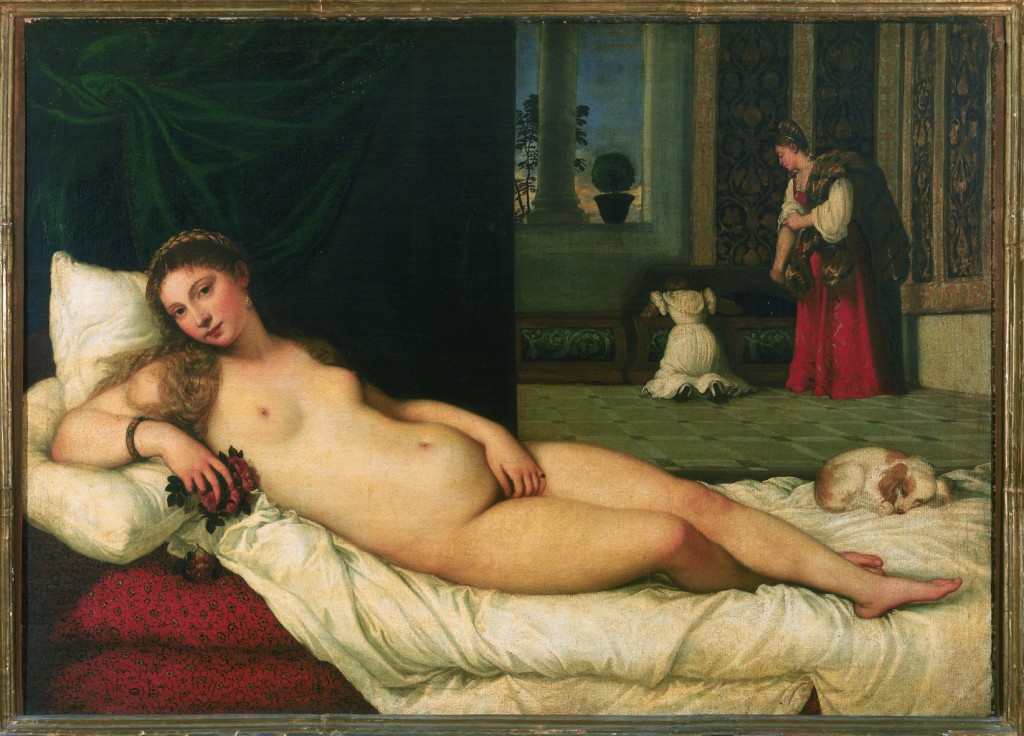
Better known in the U.K. as Titian, Tiziano Vecelli’s most famous work hangs in the people-packed Uffizi. The portrait of a nude woman in a Venus-like pose was deemed by Mark Twain to be one of the vilest works of art ever to be exhibited, due to it’s unashamedly erotic nature.
5. The transfiguration
Raffaello
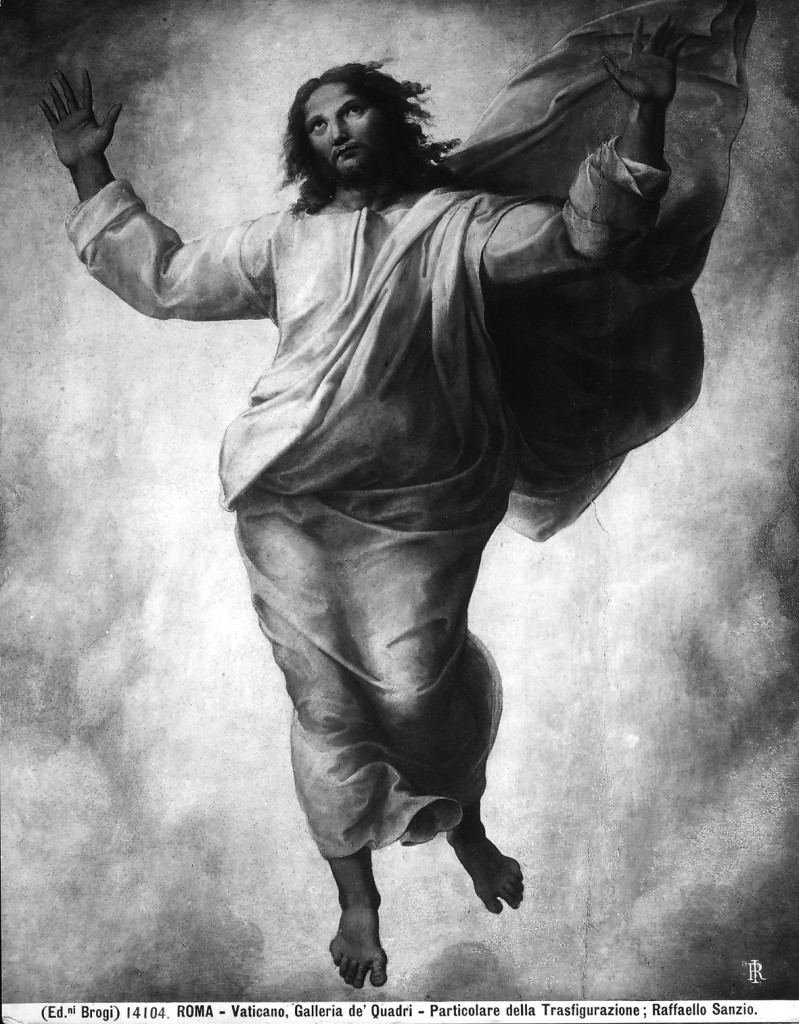
La Trasfigurazione is believed to be Raphael’s last work, and is said to have been completed after his death by his pupil Giulio Romano. The upper part of the painting portrays Christ on Mount Tabor and the lower part the miracle of the possessed boy waiting to be cured.
